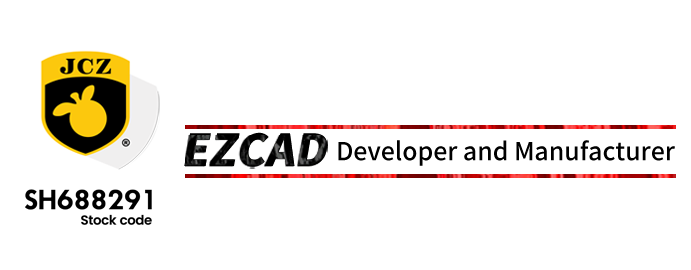Introduction to Resistor Trimming
Resistor trimming is a vital process in electronics that enhances the precision of resistors. This process involves adjusting the resistance value of a resistor to achieve specific performance criteria. There are various techniques for trimming, including traditional methods and advanced laser trimming.
Types of Resistors
Thin Film and Thick Film Resistors
Resistors can generally be categorized into thin film and thick film types.
- Thin Film Resistors: These are created by depositing a thin layer of resistive material onto a substrate. They offer high precision and stability, making them ideal for applications requiring tight tolerance.
- Thick Film Resistors: Made by printing a paste of resistive material onto a substrate, thick film resistors are less precise but can handle higher power levels. They are widely used in hybrid circuits and can be easily integrated into various electronic devices.
The Importance of Trimming
Trimming is crucial for ensuring that resistors meet their specified tolerance levels. This process can significantly enhance the overall performance of electronic circuits by reducing variance in resistance values.
Laser Trimming Technology
Laser trimming is an advanced method used to fine-tune resistor values with high accuracy. This technique uses a laser to remove material from the resistor, allowing for precise adjustments.
- Advantages of Laser Trimming:
- Precision: Laser trimming provides unmatched accuracy, ensuring that resistors meet tight tolerance specifications.
- Efficiency: The process is quick, allowing for rapid adjustments without the need for extensive manual labor.
- Versatility: Laser trimming can be applied to various resistor types, including thin and thick film.
The Trimming Process
The trimming process generally involves the following steps:
- Measurement: The initial resistance value is measured to determine how much trimming is needed.
- Laser Application: A laser trimming machine is used to carefully remove material from the resistor, adjusting its resistance value.
- Re-measurement: After trimming, the resistance is measured again to ensure it falls within the desired specifications.
Thick Film Hybrid Technology
Thick film hybrid technology combines the benefits of thick film and integrated circuit (IC) technologies. This method involves applying thick film resistors onto a ceramic substrate, allowing for higher density and improved thermal management.
Thick Film Substrate
The substrate is crucial in the performance of thick film resistors. Common materials used for substrates include alumina and glass, which provide excellent thermal stability and electrical insulation.
Conclusion
Resistor trimming, particularly through laser trimming techniques, is essential for optimizing the performance of electronic components. Understanding the differences between thin film and thick film technologies, along with the advantages of laser trimming, can help in selecting the right resistors for specific applications.
By leveraging these technologies, manufacturers can produce high-quality, reliable components that meet the stringent requirements of modern electronics.
由用户投稿整理稿件发布,不代表本站观点及观点,进行交流学习之用,如涉及版权等问题,请随时联系我们(yangmei@bjjcz.com),我们将在第一时间给予处理。
Post time: Oct-28-2024






